Class 11 2023-24 Physics syllabus ISC: Physics is an undetachable part of science and has uncountable applications. Students of the science stream with or without Biology have to take Physics as one of their subjects. If you are interested in the technical field or want your career in the engineering field then Physics is one of the main requirements. CISCE have Physics as one of the elective subjects. The subject code for ISC Physics is 861. The ISC Physics syllabus 2023-24 for Class 11 comprises 10 units that count for 70 marks in theory paper.
This article is about to explain the Physics syllabus for Class 11 ISC. You will be able to find the unit-wise weightage as well. The syllabus written is in the text format with all the points directly taken from the CISCE syllabus. In case you find something out of the context or don’t understand the language then refer to the free pdf attached to this article. You can download the pdf and check it for better understanding.
ISC Physics Syllabus Aims
1. To enable candidates to acquire knowledge and to develop an understanding of the terms, facts, concepts, definitions, and fundamental laws, principles and processes in the field of physics.
2. To develop the ability to apply the knowledge and understanding of physics to unfamiliar situations.
3. To develop a scientific attitude through the study of physical sciences.
4. To develop skills in - (a) the practical aspects of handling apparatus, recording observations and (b) Drawing diagrams, graphs, etc.
5. To develop an appreciation of the contribution of physics towards scientific and technological developments and towards human happiness.
6. To develop an interest in the world of physical sciences.
ISC Class 11 Physics Syllabus Key Highlights
There will be two papers in the subject:
Paper I: Theory - 3 hours ... 70 marks
Paper II: Practical - 3 hours ... 15 marks
- Project Work … 10 marks
- Practical File … 5 marks
ISC Class 11 Physics Syllabus Unit-Wise Weightage
PAPER I- THEORY: 70 Marks
There will be no overall choice in the paper. Candidates will be required to answer all questions. Internal choice will be available in two questions of 2 marks each, two questions of 3 marks each and all the three questions of 5 marks each.
| S. No. | Unit | Total Weightage |
| 1 | Physical World and Measurement | 23 Marks |
| 2 | Kinematics | |
| 3 | Laws of Motion | |
| 4 | Work, Energy and Power | 17 Marks |
| 5 | Motion of System of Particles and RigidBody | |
| 6 | Gravitation | |
| 7 | Properties of Bulk Matter | 20 Marks |
| 8 | Heat and Thermodynamics | |
| 9 | Behaviour of Perfect Gases and Kinetic Theory of Gases | |
| 10 | Oscillations and Waves | 10 Marks |
| Total | 70 Marks | |
ISC Class 11 Physics Syllabus 2023-24
PAPER I -THEORY – 70 MARKS Note:
(i) Unless otherwise specified, only S. I. Units are to be used while teaching and learning, as well as for answering questions.
(ii) All physical quantities to be defined as and when they are introduced along with their units and dimensions.
(iii) Numerical problems are included from all topics except where they are specifically excluded or where only qualitative treatment is required.
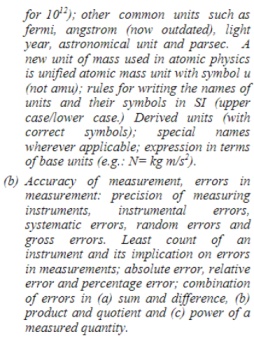

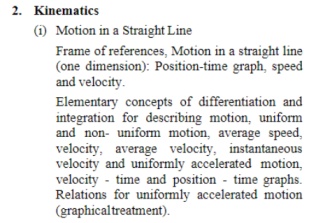
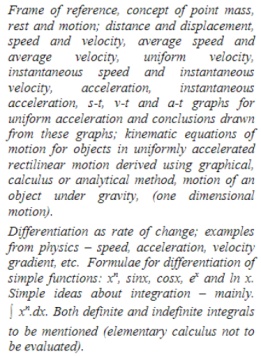
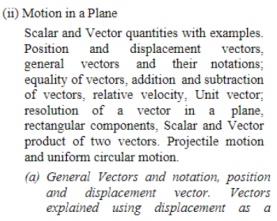
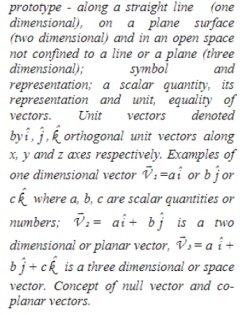
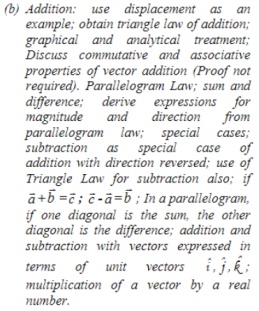

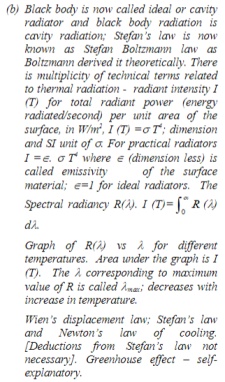
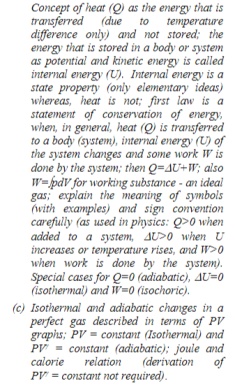
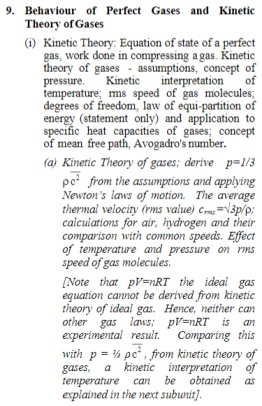
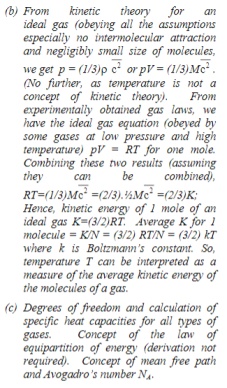
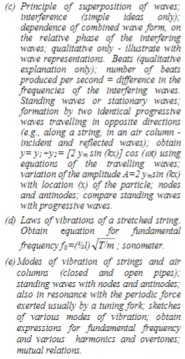
PAPER II PRACTICAL WORK- 15 Marks
Given below is a list of required experiments. Teachers may add to this list, keeping in mind the general pattern of questions asked in the annual examinations.
In each experiment, students are expected to record their observations in a tabular form with units at the column head. Students should plot an appropriate graph, work out the necessary calculations and arrive at the result.
Students are required to have completed all experiments from the given list (excluding demonstration experiments):
- To measure the diameter of a spherical body using Vernier calipers. Calculate its volume with appropriate significant figures. Also measure its volume using a graduated cylinder and compare the two.
- Find the diameter of a wire using a micrometer screw gauge and determine percentage error in cross sectional area.
- Determine radius of curvature of a spherical surface like watch glass by a spherometer.
- Equilibrium of three concurrent coplanar forces. To verify the parallelogram law of forces and to determine weight of a body.
- (i) Inclined plane: To find the downward force acting along the inclined plane on a roller due to gravitational pull of earth and to study its relationship with angle of inclination by plotting graph between force and sin θ.
(ii) Friction: To find the force of limiting friction for a wooden block placed on horizontal surface and to study its relationship with normal reaction. To determine the coefficient of friction.
- To find the acceleration due to gravity by measuring the variation in time period (T) with effective length (L) of a simple pendulum; plot graphs of T νs √L and T2 νs L. Determine effective length of the seconds pendulum from T2 νs L graph.
- To find the force constant of a spring and to study variation in time period of oscillation with mass m of a body suspended by the spring. To find acceleration due to gravity by plotting a graph of T against √m.
- Boyle's Law: To study the variation in volume with pressure for a sample of air at constant temperature by plotting graphs between p and V 1 and between p and V.
- Cooling curve: To study the fall in temperature of a body (like hot water or liquid in calorimeter) with time. Find the slope of the curve at four different temperatures of the hot body and hence, deduce Newton's law of cooling.
- To study the variation in frequency of air column with length using resonance column apparatus or a long cylindrical vessel and a set of tuning forks. Hence, determine velocity of sound in air at room temperature.
- To determine frequency of a tuning fork using a sonometer.
- To determine specific heat capacity of a solid using a calorimeter.
Demonstration Experiments (The following experiments are to be demonstrated by the teacher):
- Searle's method to determine Young modulus of elasticity.
- Capillary rise method to determine surface tension of water.
- Determination of coefficient of viscosity of a given viscous liquid by terminal velocity method.
PROJECT WORK AND PRACTICAL FILE – 15 Marks
Project Work – 10 Marks
All candidates will be required to do one project involving some Physics related topic/s, under the guidance and regular supervision of the Physics teacher. Candidates are to prepare a technical report including an abstract, some theoretical discussion, experimental setup, observations with tables of data collected, analysis and discussion of results, deductions, conclusion, etc. (after the draft has been approved by the teacher). The report should be kept simple, but neat and elegant. Teachers may assign or students may choose any one project of their choice.
| Suggested Evaluation criteria: |
| Title and Abstract (summary) |
| Introduction/purpose |
| Contents/Presentation |
| Analysis/ material aid (graph, data, structure, pie charts, histograms, diagrams, etc.) |
| Originality of work |
| Conclusion/comments |
Practical File – 5 Marks
Teachers are required to assess students on the basis of the Physics practical file maintained by them during the academic year.
NOTE: For guidelines regarding Project Work, please refer to the Class 12 Physics syllabus.
To have a better view of numeral and other technical values refer to the syllabus pdf provided in the link below.
| Download ISC Class 11 Physics Syllabus 2023-24 PDF |
Also read:
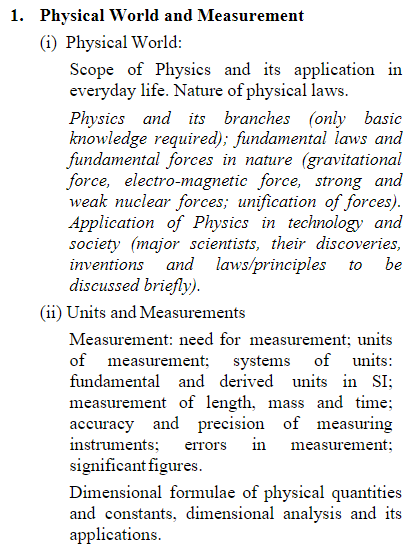

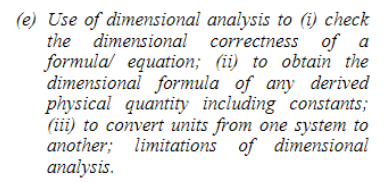

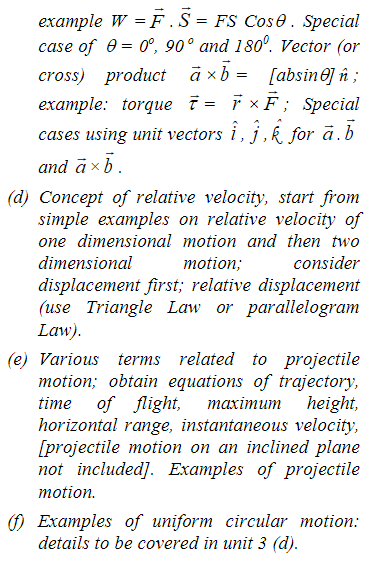
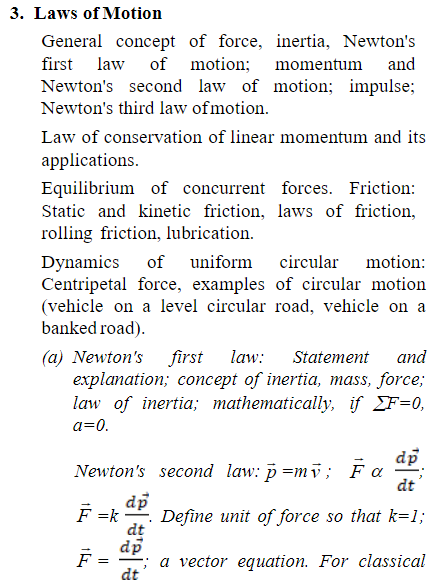
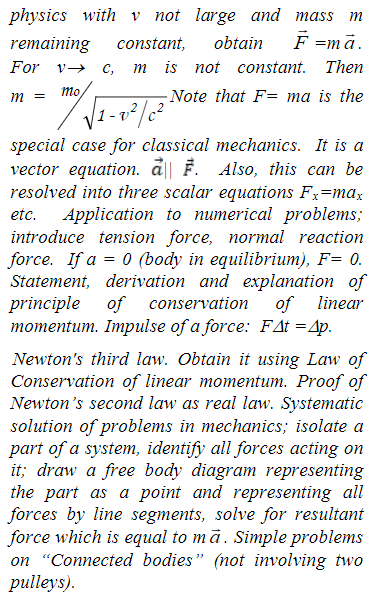
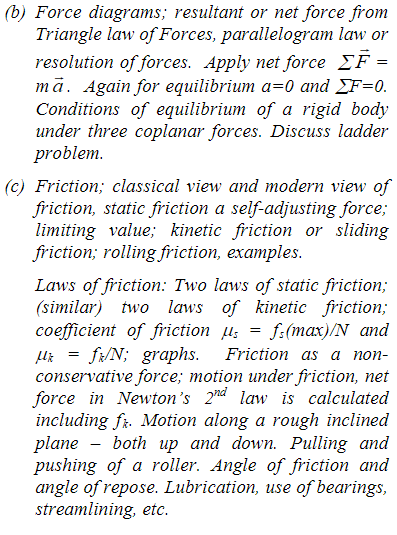
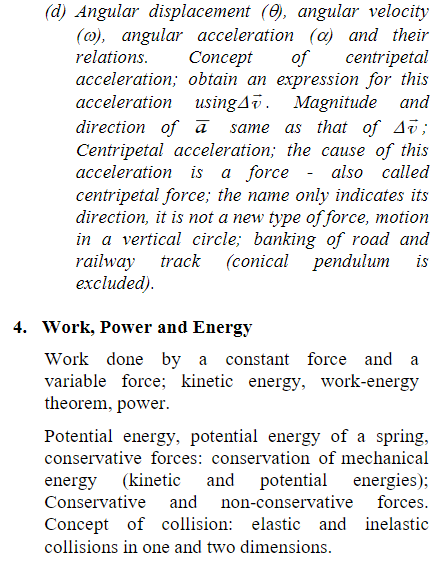
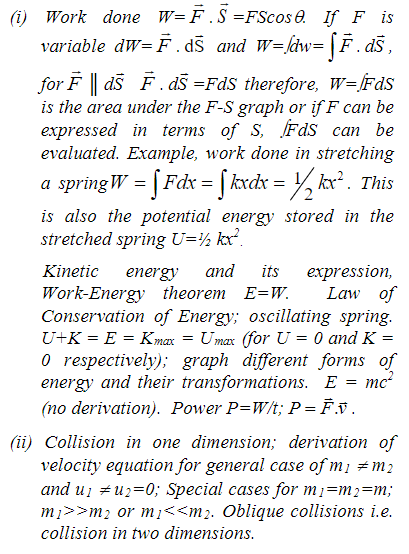
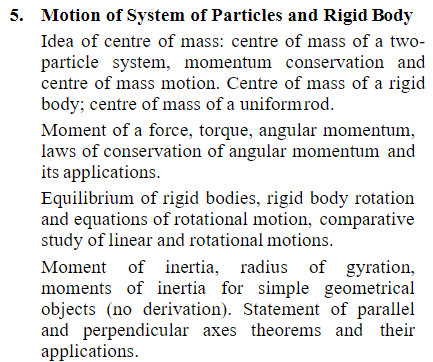
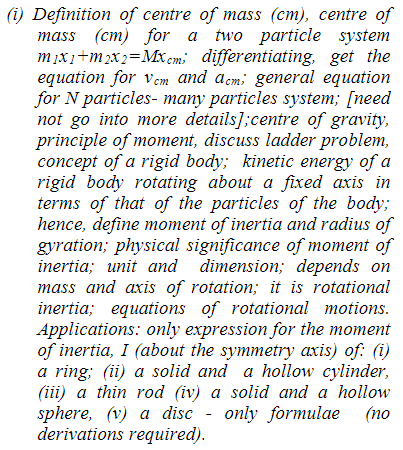
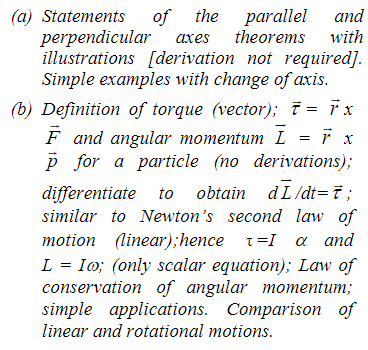
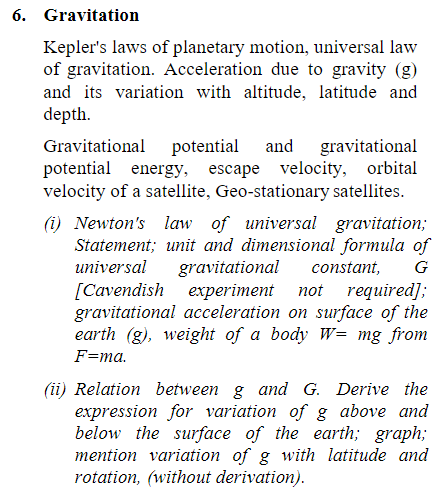
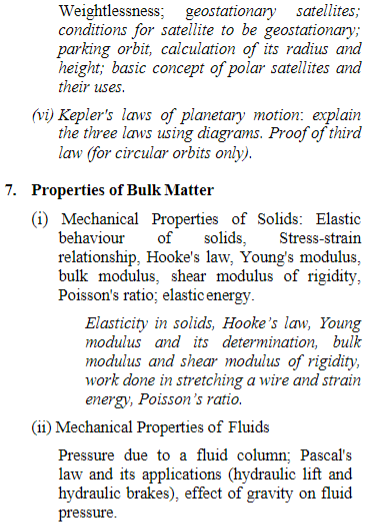
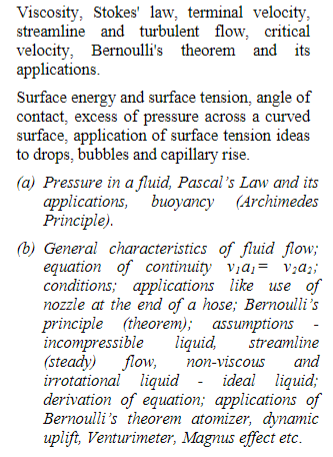
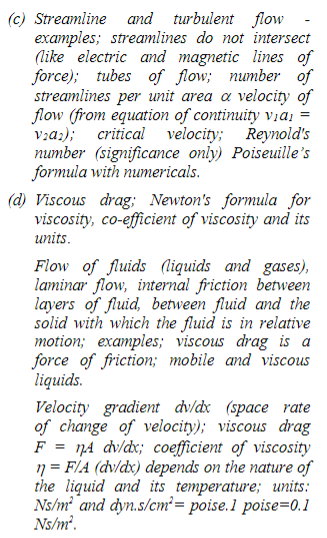
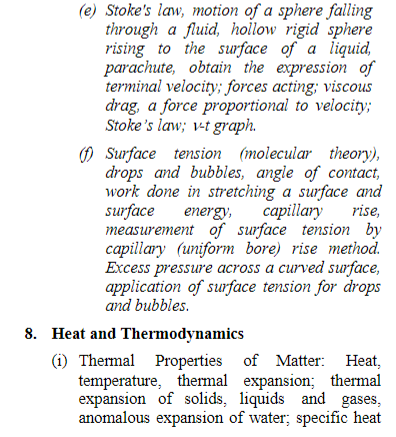
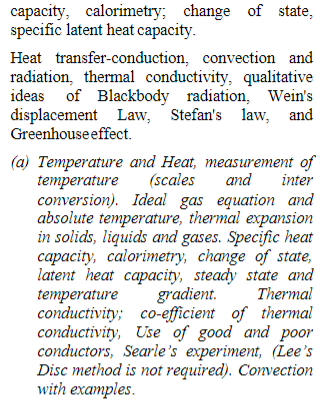
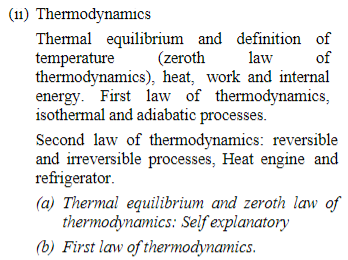
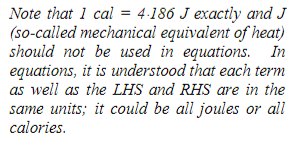
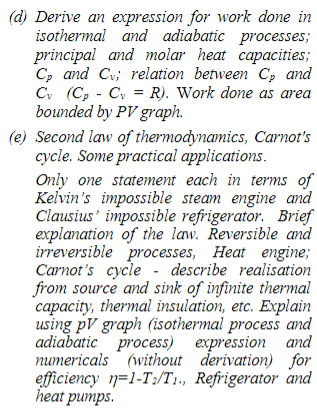
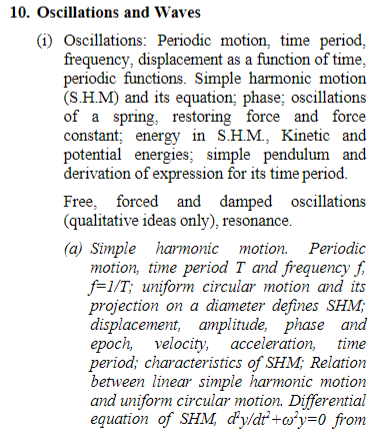
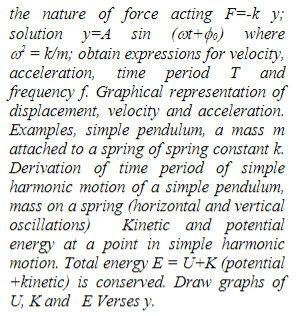
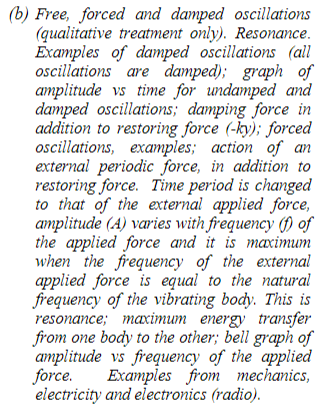
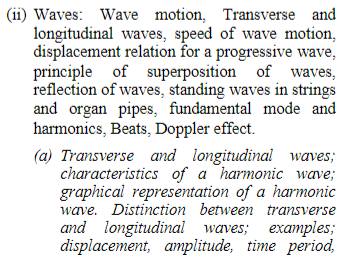
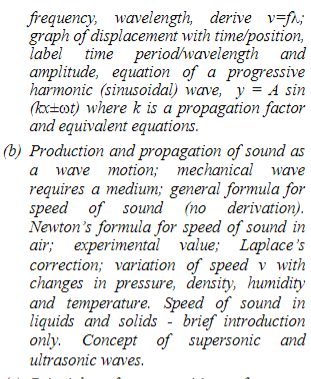
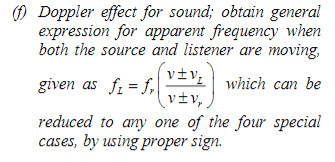
Comments
All Comments (0)
Join the conversation